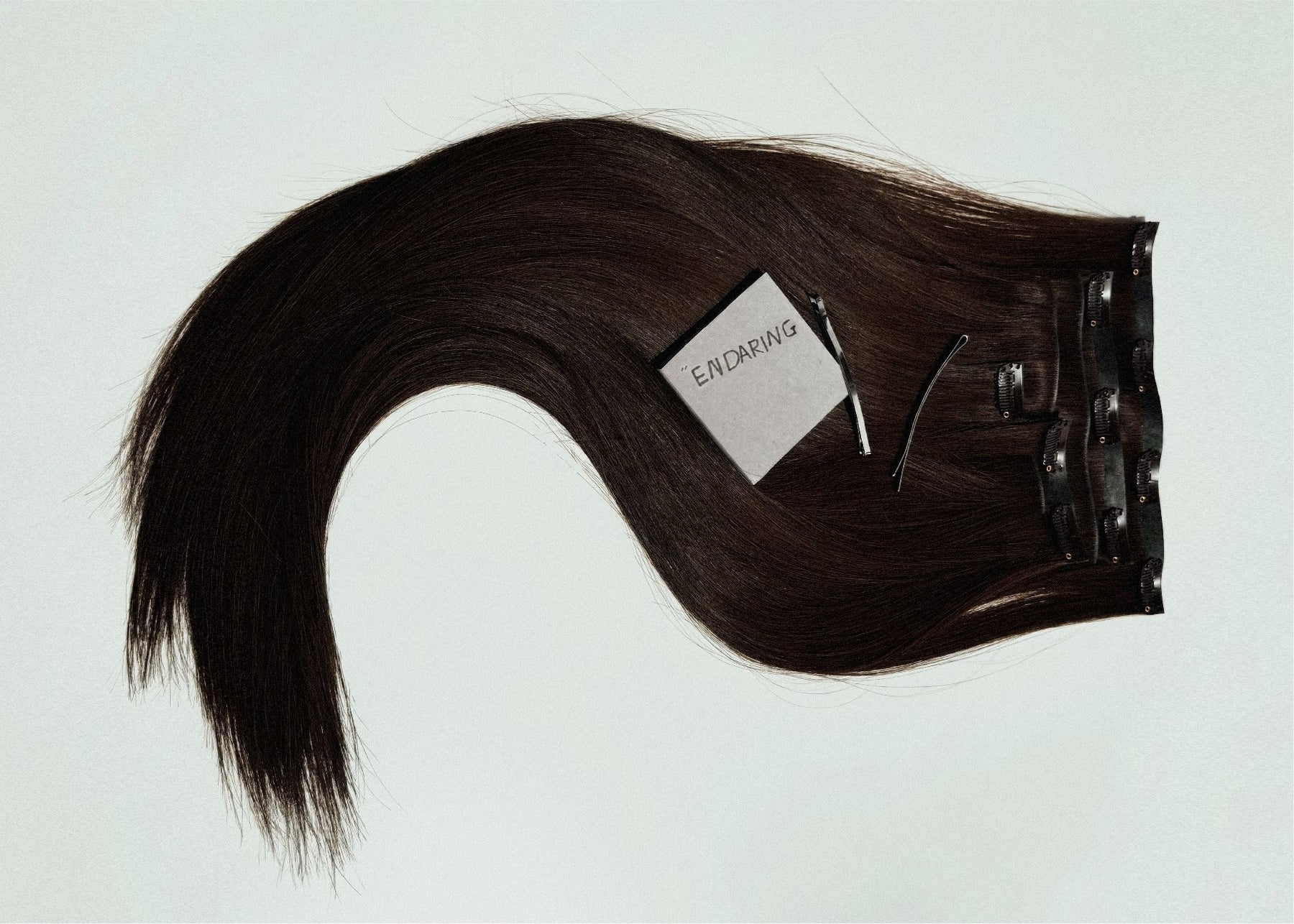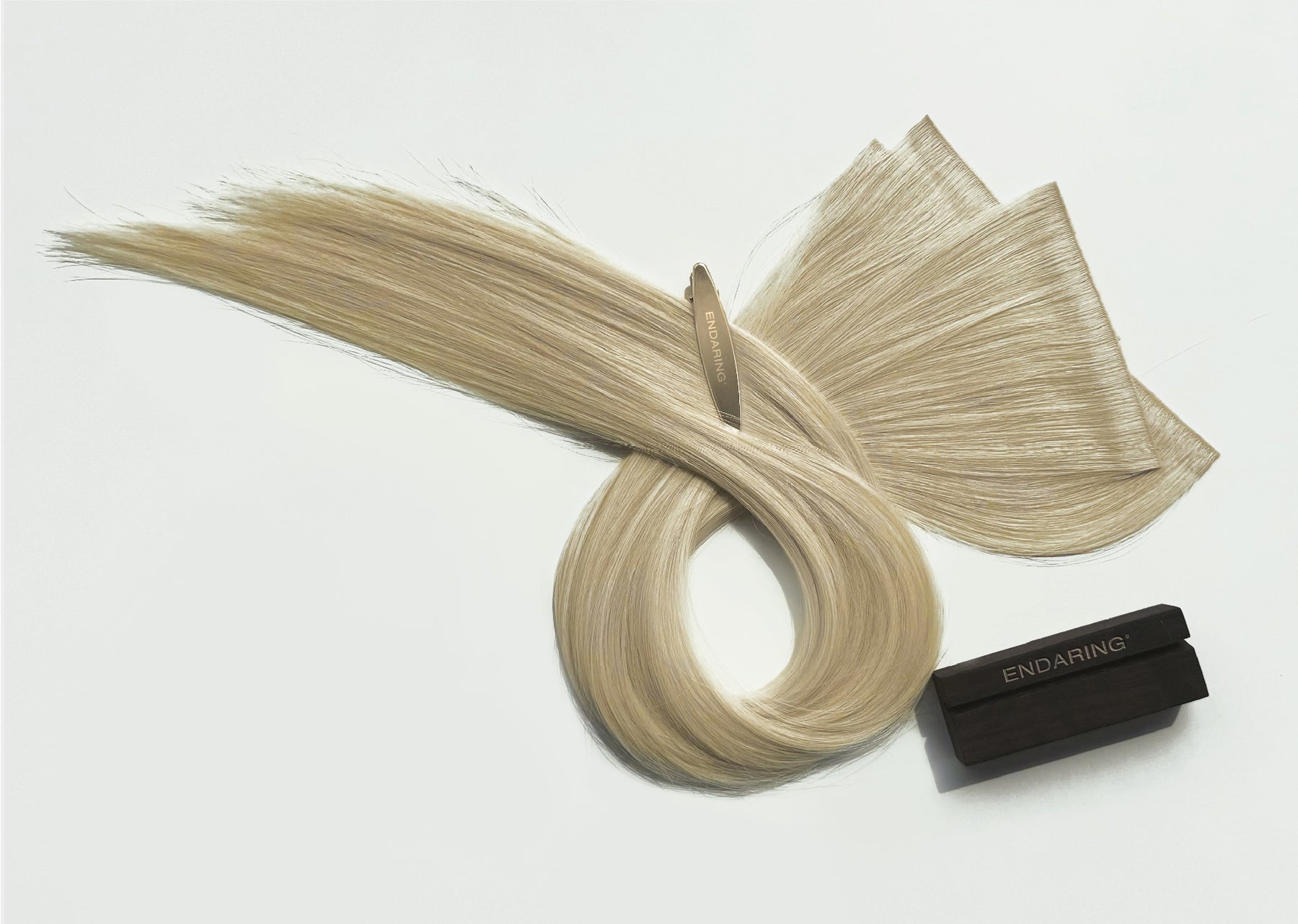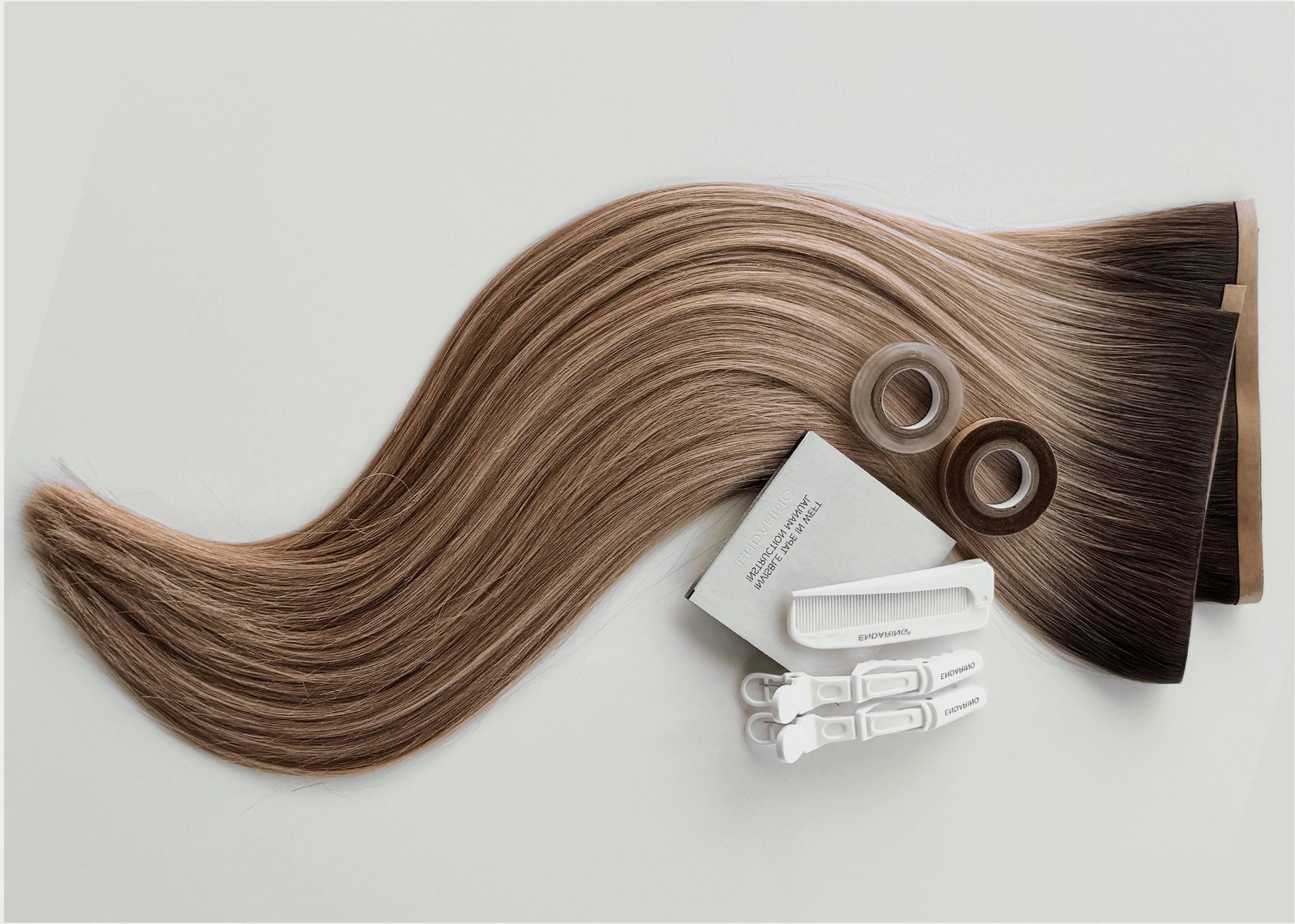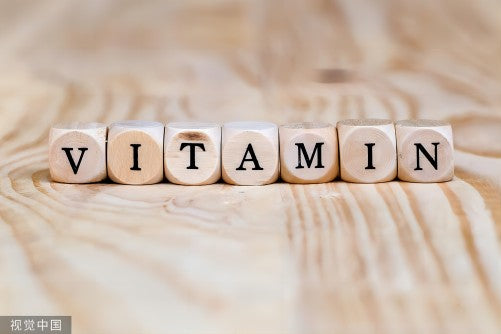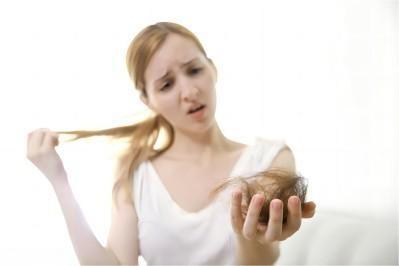Detangling Your Hair After Hair Extensions are removed:
After removing hair extensions, you might be surprised by the tangles and knots that have developed during your wear. Extensions can sometimes lead to hair tangling more easily, and it's crucial to be gentle when detangling. Consider using a wide-tooth comb or a specialized detangling brush, and start from the tips, working your way up to the roots. Applying a leave-in conditioner can also help in this process.
Post-Extension Hair Care Products:
Your hair may need some extra TLC after the extensions are removed.
- Sulfate-Free Shampoos and Conditioners: When your hair is no longer protected by extensions, it's more susceptible to damage from harsh chemicals found in some shampoos and conditioners. Opt for sulfate-free options to maintain your hair's health. Sulfates can strip your hair of its natural oils, making it dry and brittle. Look for products labeled as "sulfate-free" to ensure gentle cleansing.
- Deep Conditioning Treatments: After extension removal, your natural hair may be in need of some serious hydration. Deep conditioning treatments are a game-changer. These products are specially formulated to penetrate the hair shaft and provide intense moisture and repair. Depending on your hair's condition, you can use these treatments weekly or as needed.
- Leave-In Products: Leave-in conditioners and serums are a fantastic addition to your post-extension hair care routine. They help restore moisture, repair damage and add a healthy shine to your natural locks. These leave-in products work their magic throughout the day, providing ongoing protection and nourishment. Look for products that match your hair type and concerns, whether that's frizz control, added shine, or heat protection.
- Hair Oils: Natural oils like argan, coconut, or jojoba oil can also be a valuable part of your post-extension hair care routine. They help nourish your hair and scalp, preventing dryness and breakage. You can apply a few drops to your hair, focusing on the ends, or use them as a pre-shampoo treatment for deep hydration.
- Protein Treatments: Some hair may need extra strength and repair after extensions. Protein treatments can help with this by fortifying your hair strands. These products contain proteins and amino acids that can replenish damaged hair, making it stronger and more resilient.
- Scalp Care Products: Don't forget about your scalp, which may have been overlooked during extension wear. Scalp health is crucial for hair growth, so consider using products that soothe, cleanse, and moisturize your scalp. This will create an optimal environment for your hair to thrive.
- Color-Safe Products: If you had colored or treated hair before extensions, it's important to continue using color-safe products to maintain the vibrancy of your hair. Regular shampoos and conditioners can strip away color, so make sure to choose products specifically designed for colored hair.
- Consulting a Professional: Lastly, it's a good idea to consult a professional hairstylist or trichologist for personalized product recommendations. They can assess the current state of your hair and recommend products tailored to your hair type, concerns, and goals.

